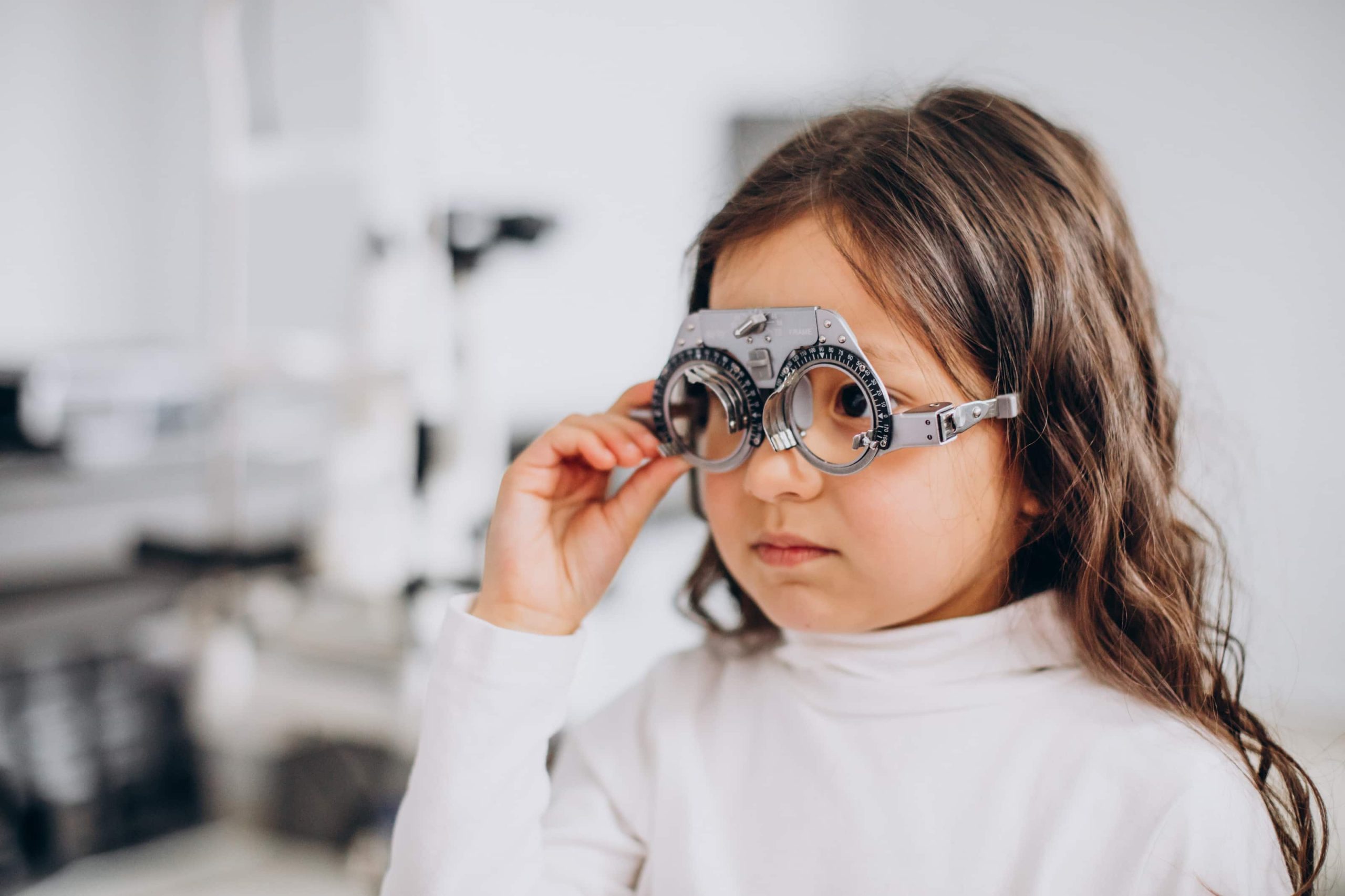How to Identify a Child with Low Vision?
A newborn baby’s most important visual interest is the mother’s face, which connects him to life, and the mother’s breast from which he is fed. Therefore, after the first few days of birth, we expect the baby to react to the mother’s face, especially while breastfeeding in the mother’s arms. Small eye contacts with the mother are the first clues about the existence of vision. Eye shifts during the first months while focusing on the breast tissue are normal.
A newborn baby reacts to bright light and closes his eyes a few days after birth. Light reflexes begin immediately after birth. We expect a normal baby to make eye contact with people and give small reactions when he is 6 weeks old. When it reaches the 3rd month, it can follow colored objects that it sees within a diameter of approximately 1-1.5m.
In premature babies, this situation comes later due to the deficiency in the week of birth. The most important finding that suggests low vision in the baby is visual disinterest. Staring fixedly at bright light is also an important finding. If the baby is disinterested in the mother’s face and still does not make eye contact with the mother and the environment within the 2nd month, it is definitely necessary to consider low vision. Eye movements called searching eye movements usually occur in these babies.
Nystagmus, which is a permanent eye movement that occurs in the horizontal and vertical planes, also indicates low vision. Nystagmus usually starts after the 2nd or 3rd month in babies with low vision and is considered a sign of pregeniculate low vision. In babies with no visual interest, there may be an “oculodigital reflex” that occurs with intense rubbing of the eyes. The baby’s hand is constantly on the eye, as if she is putting her fingers into it. Even though the mother tries to pull the baby’s hand away, the baby continues to press the eye with her fingers. This is an important finding in babies with very low vision.
There are major changes in the mother’s and the family’s lives after birth, and such important details may be overlooked by the family during the adaptation period. For this reason, it is very beneficial for babies to be seen by an eye doctor from the first months and then to have a healthy baby-child check-up.


